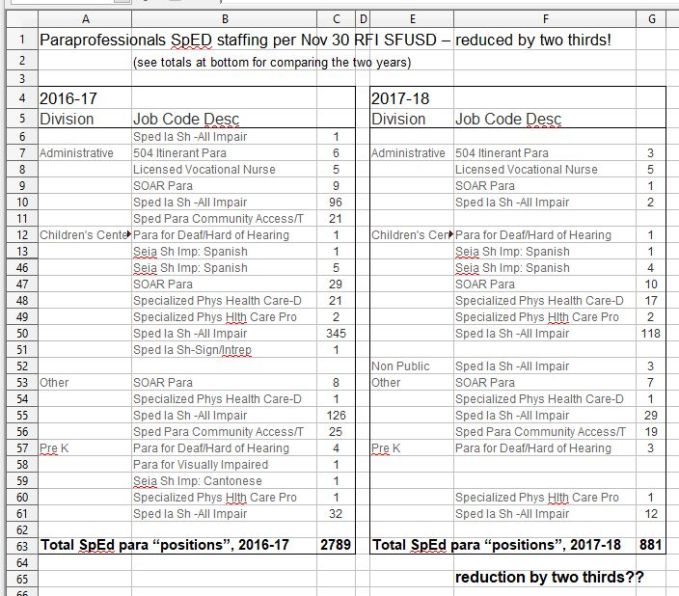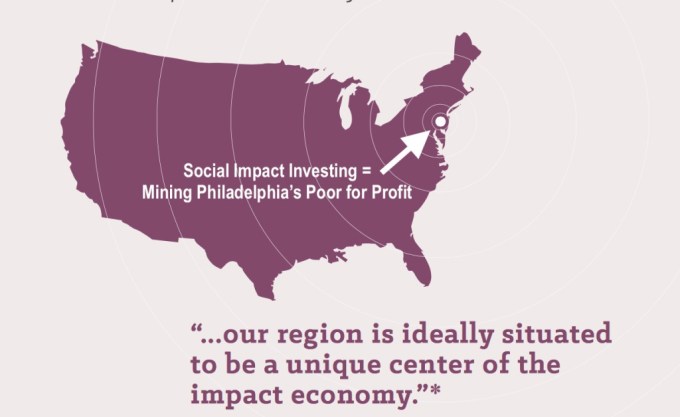The table below briefly summarizes how SFUSD has increased the number of top administrators and increased their pay as well, from 2009 to 2018. Notes and methodology follow the table.

Highlights:
In Row #8, you can see that going from the 2016-17 to the 2017-18 school year, while pleading poverty during contract negotiations with all its unionized employees, and while significantly reducing services to its special education students, SFUSD increased the number of “top administrative positions” by 35 and the amount of money spent on those salaries by almost 4 million dollars! That’s almost enough for a one percent raise for all UESF members! Shouldn’t those millions be spent on the classroom rather than on central office “suits”? What do they do to serve San Francisco students that is worth that much?
Row #2 shows the year when the impact of the 2008 recession was felt the most in SFUSD’s budget. The savings due to six fewer positions is cancelled out by an average seven percent raise for those remaining! These are the years when teachers and paraprofessionals took furlough days and the security guards had their hours reduced permanently by an hour a day! Less for those who actually work directly with students and more for 555 Franklin St.!
By comparing rows #1 and #8, you can see that both the numbers of top administrators and the amount spent on their salaries has almost tripled over nine years. These figures show a clear trend – UPWARDS!
The average annual “raises” are estimates. I removed one or two outliers, and otherwise took an average, without being sure whether the pay increases of individuals were due to promotions or due to pay increases for the same positions. However, these central office employees got decent to great pay increases every year, considerably more than those who work directly with students! This reveals that SFUSD’s priorities are not the classroom!
Caution: Two data sets were obtained by public record requests from SFUSD, and used as received. This can be used to see a clear general trends and patterns (UPWARD), but further work is needed to find out more particulars. Here and here are the raw data files. I made a specific request for people who were administrators, but SFUSD gave me ALL salaries for everyone who works at 555 Franklin (or is considered central office staff but might work elsewhere) for all six years in one big file!
Methodology: Intrepid fighting teachers from Balboa HS got the first data set in 2013, and I got the second one this past December. I used the following criteria to select the top paid administrators and then I took care that the analysis is internally consistent (compares apples to apples). First, if an individual was included in the first data set, then I continued to include that job title when I chose job titles to include from the second data set. Second, I sorted each year by salary, and dropped everyone making less than $83,000 (in 2013), then went back and added back in a few people who made less than the cutoff but had the included job title, and finally removed folks with high salaries who’s job title suggested they actually did stuff , like asbestos abatement or statistics. Sorry that’s my bias, but I have been consistent. It is only two data sets and surely contains errors, for which I apologize. I spent many hours working on this.



